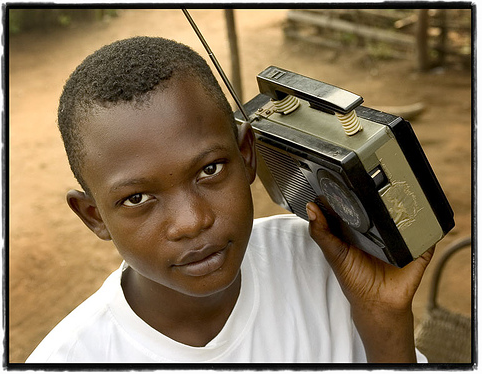I love Joel Spolsky's latest column on the secrets to startup success, it ties together so many of the things I've been wrestling with as I get Mailana off the ground.
The key metaphor he uses is that any software development is like tuning a fiddly shortwave radio. You spend a frustrating amount of time fiddling with the dial listening to static (which is actually pretty mind-blowing once you know it's the echo of thunderstorms on other continents and exploding galaxies). Finally you hear a faint voice, and by carefully tweaking it gets louder. Eventually you get it just right and the station comes through loud and clear.
For a startup the signal you're searching for is customers saying "I want what you're offering". As I know from personal experience working on a long list of projects that I thought were fantastic but never resonated with a large audience, getting that response is hard. That's why getting initial users is so crucial, people are such complex beasts you can't tell what will work until you try it on some volunteers. It's also why listening intently to their reactions is vital. You won't get it right first time but you'll get hints on what you're doing wrong and the right direction to go in.
The other lesson Joel lays out is one that has stuck in my head since reading Paul Graham's essay: Your startup won't die as long as you keep coding. Every line of code represents a chance to tweak that dial, and as long as you're searching you have a chance of hitting that sweet spot. I'm hoping that the combination of frequent changes and listening to feedback will help me constantly improve Mailana for Twitter.
Thanks to everyone who's been giving me brickbats and bouquets on twitter.mailana.com, I hope this explains a little of why I'm so eager to hear back from you all!










